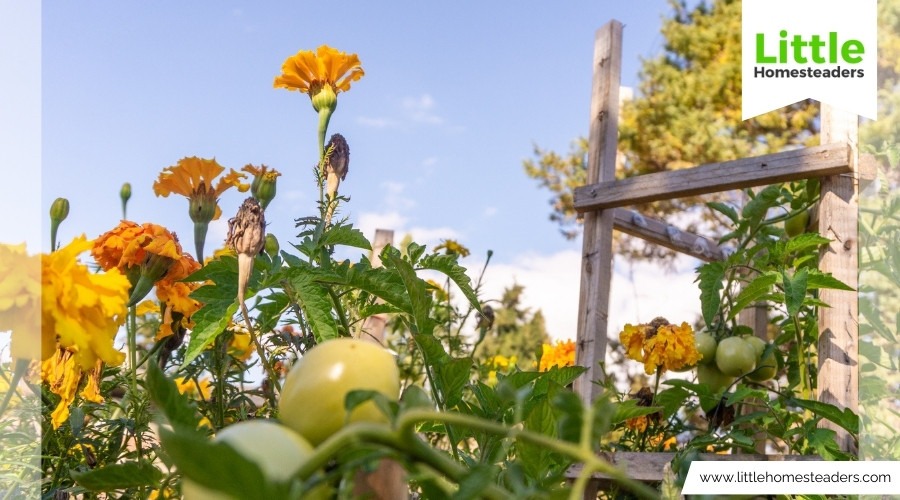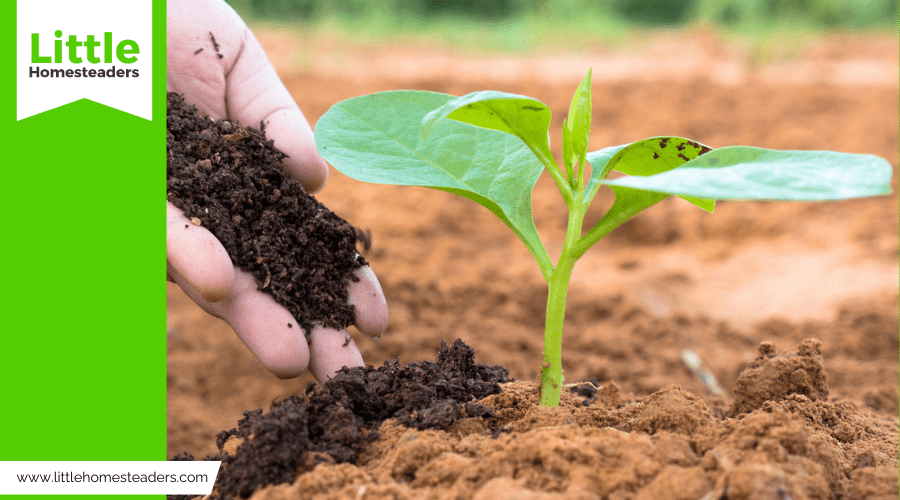What Is a Hugelkultur Garden, and How to Build One
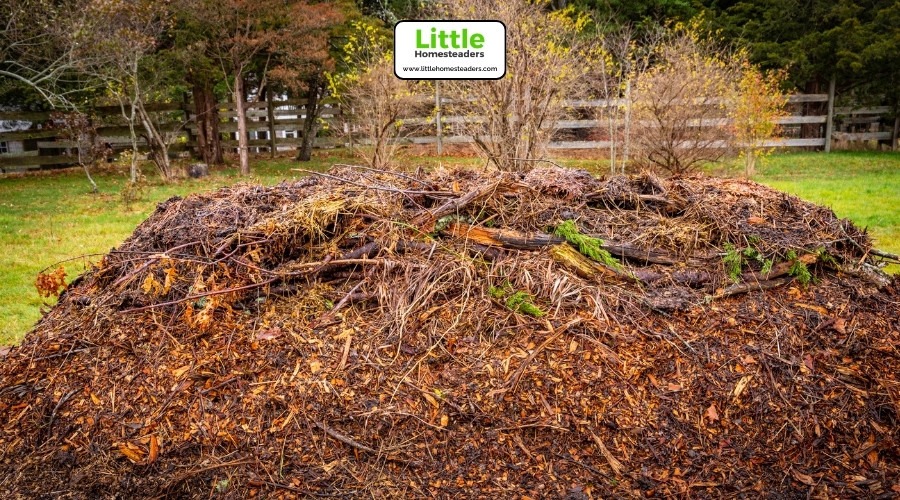
Imagine a garden that practically waters itself, enriches the soil without constant feeding, and uses up those old logs you have lying around. Sounds like magic, right? It's not magic—it's Hugelkultur, a centuries-old gardening technique that's as eco-friendly as it is effective. Whether you're a seasoned green thumb or just starting out, this guide will show you how to create a Hugelkultur garden that's sustainable, productive, and easy to maintain.
What Is Hugelkultur?
Hugelkultur (pronounced hoo-gul-culture) comes from the German word for "hill culture" or "mound culture." It's a gardening method that mimics the natural processes you'd find on a forest floor. Picture a fallen tree decomposing over time, nourishing the soil around it and supporting new plant growth. That's essentially what Hugelkultur does—but in your backyard and on a much more organized scale.
At its core, a Hugelkultur bed is a raised mound filled with decaying wood, organic matter, soil, and mulch. The wood acts as a sponge, soaking up water and slowly releasing it back to your plants. Over time, the decomposing materials enrich the soil with nutrients, creating a self-sustaining ecosystem.
Hugelkultur beds are particularly valuable in areas with poor soil or irregular rainfall. By creating an ecosystem that mimics nature, you're essentially building a garden that thrives with minimal human intervention. And while the concept might sound complex, it's surprisingly simple to implement with the right materials and a bit of effort.
How Does Hugelkultur Work?
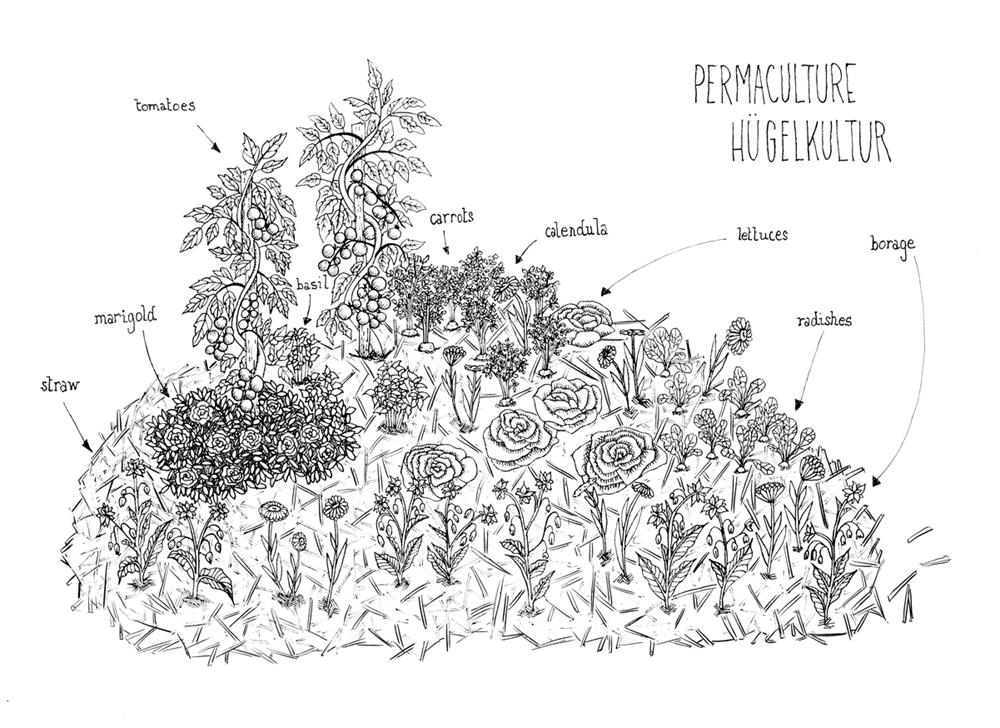
Think of Hugelkultur as nature's compost pile turned into a garden bed. The process starts with a base layer of wood logs or large branches. These provide the structure and the long-term nutrient supply. On top of this, you add smaller organic materials like twigs, leaves, grass clippings, and compost. The final layer is rich soil and mulch to create a planting surface.
The wood at the core of the Hugelkultur bed is more than just filler—it's the heart of the system. As it decomposes, it releases nutrients into the soil, improving fertility over time. The wood also acts as a natural sponge, absorbing rainwater and slowly releasing it back into the soil. This reduces the need for frequent watering, particularly in dry seasons.
Additionally, the raised nature of the bed improves drainage, preventing waterlogging. This is particularly beneficial for areas prone to heavy rain. By creating a gradient in the mound, you can also manage microclimates within the same bed. Plants that prefer drier conditions can be placed on the slopes, while those that thrive in moisture can be planted in the valleys.
Why Choose Hugelkultur?
The benefits of Hugelkultur are impressive. Here are just a few reasons why gardeners swear by this method:
- Water Conservation: The wood at the core acts like a sponge, holding moisture and slowly releasing it to plant roots. This reduces the need for frequent watering and makes Hugelkultur an excellent choice for areas with water restrictions.
- Soil Enrichment: As the wood and organic matter decompose, they release nutrients into the soil, creating a fertile environment for plants. Over time, this eliminates the need for chemical fertilizers, making it an eco-friendly choice.
- Low Maintenance: With less need for watering, fertilizing, and weeding, Hugelkultur beds are perfect for busy gardeners. The natural decomposition process takes care of feeding your plants while the mulch layer suppresses weeds.
- Eco-Friendly: This method recycles yard waste like fallen branches and leaves, keeping them out of landfills. Instead of burning or discarding organic debris, you're repurposing it to create a productive garden.
- Climate Resilience: Hugelkultur beds manage stormwater runoff and reduce erosion, making them ideal for areas prone to heavy rain or fluctuating weather conditions.
- Extended Growing Season: Because the decomposition process generates heat, Hugelkultur beds warm up faster in the spring, allowing you to start planting earlier.
Planning Your Hugelkultur Garden
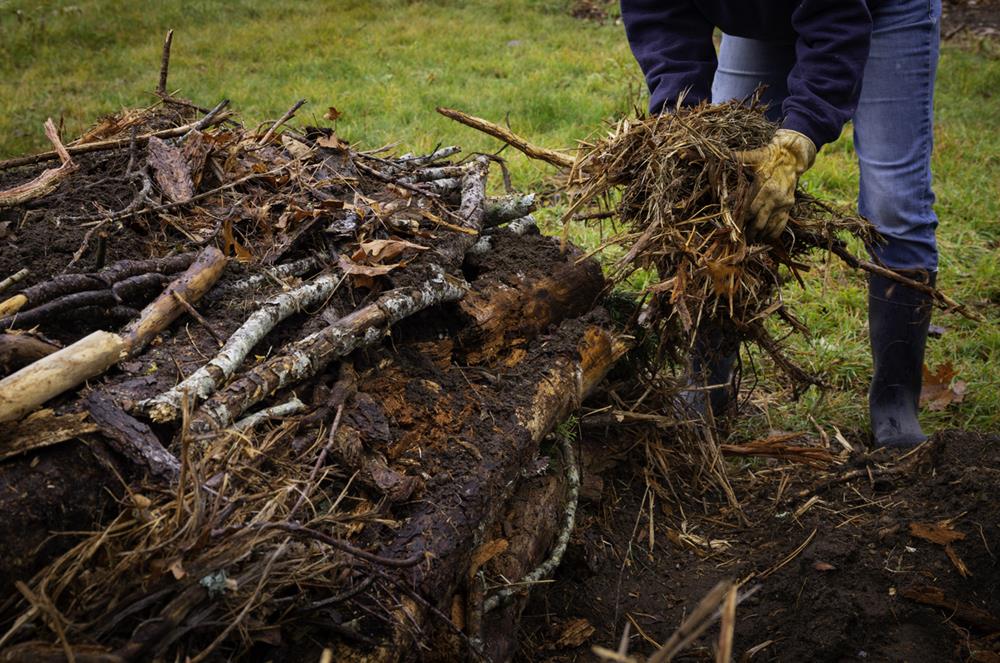
Before you start digging, take some time to plan your Hugelkultur bed. Proper planning ensures your garden will thrive for years to come.
Choose the Right Location
Look for a spot with good sunlight, as most garden plants require at least six hours of sun daily. Consider the slope of your yard—Hugelkultur beds can be positioned to capture water runoff in sloped areas. If you're working with a flat area, you might need to create slight inclines manually to direct water flow.
Decide on the Size and Shape
A classic Hugelkultur bed is a long, rounded mound, but you can experiment with shapes to fit your space. Curves or spirals can add visual interest and make the garden a focal point. For larger gardens, consider grouping multiple beds together to create a cohesive design.
For beginners, start small—a bed about 3 feet wide and 6 feet long is manageable. As you gain confidence, you can scale up to larger beds that accommodate a wider variety of plants.
Gather Your Materials
The key materials are wood (logs, branches), organic matter (leaves, grass clippings), nitrogen-rich components (manure, green plant matter), and topsoil or compost. Aim for a mix of materials to create a balanced environment. Large logs provide structure, while smaller branches and leaves help fill gaps and speed up decomposition.
Avoid using wood from trees like black walnuts, which can inhibit plant growth, or treated lumber that may contain chemicals. If you're unsure about the wood's safety, stick to commonly used options like oak, maple, or pine.
Building Your Hugelkultur Garden: Step-by-Step
View this post on Instagram
Ready to build? Follow these simple steps to create your Hugelkultur bed:
Prepare the Site
Clear the area of weeds and debris. If you're working on hard ground, consider digging a shallow trench to stabilize the bed. The trench will also help anchor the wood and prevent shifting over time.
Lay the Foundation
Start with your largest wood pieces—logs, stumps, or large branches. Arrange them in a pile to form the base of your bed. The foundation should be as high as you want your finished bed to be, so don't skimp on this layer.
Add Organic Layers
Layer smaller branches, twigs, leaves, and grass clippings on top of the logs. Aim for a mix of "brown" materials (carbon-rich) and "green" materials (nitrogen-rich). This balance ensures the decomposition process runs smoothly.
Top It Off
Cover the pile with a thick layer of nutrient-rich soil or compost. This will serve as your planting surface. Add a final layer of mulch to retain moisture and suppress weeds. Mulch options include straw, wood chips, or shredded leaves.
Plant Your Crops
Drought-tolerant plants like herbs and perennials do well on the slopes, while shallow-rooted crops like lettuce and strawberries thrive on top. To maximize space, consider intercropping—planting fast-growing crops alongside slower ones.
Maintaining Your Hugelkultur Garden
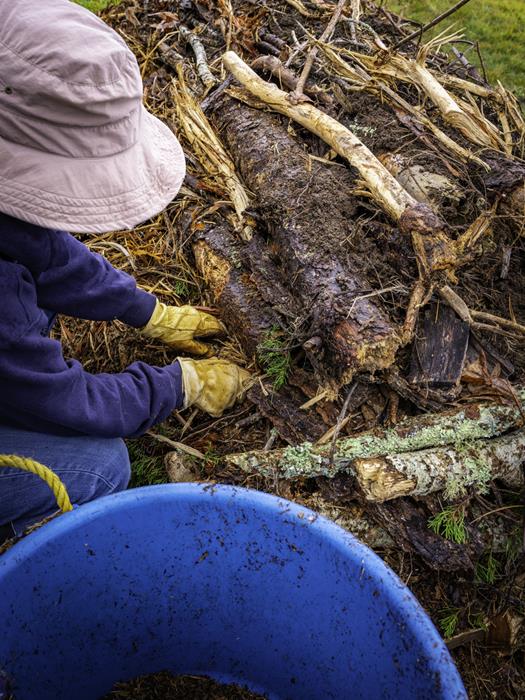
Once your Hugelkultur bed is built, maintenance is minimal. Here's what to keep in mind:
- Watering: In the first year, you may need to water more frequently as the wood absorbs moisture. Over time, the bed becomes largely self-watering.
- Mulching: Add mulch periodically to retain moisture and suppress weeds. Mulching also helps regulate soil temperature, protecting plant roots during extreme weather.
- Feeding: Incorporate compost or manure into the top layer if plants show signs of nutrient deficiency. This is particularly important during the early stages, as the wood may temporarily absorb nitrogen.
- Pest Control: Monitor for pests like yellow jackets that may nest in the wood. Regularly turning the mulch can deter them.
Adapting Hugelkultur for Different Climates
Hugelkultur can work in various climates, but you may need to make adjustments:
- Dry Climates: Use larger logs buried deeper to retain moisture. Add more soil on top for insulation. Consider planting drought-resistant crops like succulents or native grasses.
- Wet Climates: Focus on porous wood and a thinner soil layer to improve drainage. Raised edges can help channel excess water away from the bed.
- Tropical Areas: Include fast-decomposing green waste and nitrogen-fixing plants like legumes to maintain fertility. Tropical fruits like bananas or papayas can thrive in Hugelkultur beds.
- Coastal Regions: Use salt-tolerant plants and materials like driftwood if local conditions permit. Mulching heavily can help mitigate salt spray.
Troubleshooting Common Issues
Hugelkultur is forgiving, but challenges can arise. Here's how to handle common problems:
- Nitrogen Depletion: Fresh wood can temporarily deplete nitrogen. Balance this by adding compost or planting nitrogen-fixing crops.
- Excess Moisture: If your bed retains too much water, improve drainage by adding coarse materials to the bottom layer. Adjusting the slope can also help.
- Drying Out: Increase mulch layers or relocate the bed to a more shaded area. Shading can be particularly useful in arid regions.
Conclusion
Hugelkultur gardening is a game-changer for those looking to create a sustainable, low-maintenance garden. With its water-saving properties, soil-enriching benefits, and eco-friendly approach, it's a win-win for gardeners and the planet alike. Whether you're tackling a small backyard plot or dreaming of a large-scale permaculture project, Hugelkultur offers a versatile solution that grows along with you.
So, grab some logs, gather your yard waste, and start building your own Hugelkultur garden. Your plants—and the environment—will thank you.

